Fred Brown
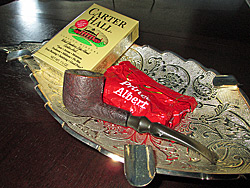 I’d no more love just one kind of woman than drink only one kind of wine—from the lyrics in “Berkeley Woman,” written by Bryan Bowers and made popular by the late John Denver.
I’d no more love just one kind of woman than drink only one kind of wine—from the lyrics in “Berkeley Woman,” written by Bryan Bowers and made popular by the late John Denver.
For the last few months, I have been working on an experiment that strikes at the heart of pipe smoking: Aromatic tobacco blends vs. non-aromatics tobacco blends.
Many of us begin our pipe-smoking journey with aromatic tobaccos, or doses of black cavendish (itself not an aromatic) with food-grade or other flavor additives applied.
Back in the day, say the 1950s through the 1960s and ‘70s, aromatics were de rigueur, and not a jumping off point for arguments.
To be sure, there were great Virginia and burley blends available at the time. But aromatics appeared to me to be at a high water mark then as well.
Just think of the codger blends or over-the-counter fare.
It also seems to me today you have to be in one camp or the other, aro or not aro.
I know some say they like both as a change of pace from one or the other. I do, as well.
Like many of you, my first pipe tobacco back in the early 1960s consisted of cherry smash, vanilla, honeydew, and anything else that was in the blender’s kitchen spice rack.
My tongue paid a heavy price.
I graduated to Yellow Sail at the advice of a wizened tobacconist. Then I found Edward’s Pipe shop and lordy there were many great tobaccos in that shop.
I smoked much Bishop Burley, Buccaneer, and a ton of Scottish Moor, which I did not consider to be an aromatic at the time.
With Edward’s, I ran the gamut of their house blends and pipes (all oil-cured Algerian briar). Fortunately, I still own a couple of Edward’s Algerian briars.
It wasn’t until I began reading and learning about English blends, Virginia blends, flakes, and other forms of tobacco that it dawned I was missing an entire world of tobacco.
For me, moving to English blends, Virginia-Perique blends, and burley forward blends was a revelation.
Then one day I found Cornell & Diehl established in North Carolina at the time.
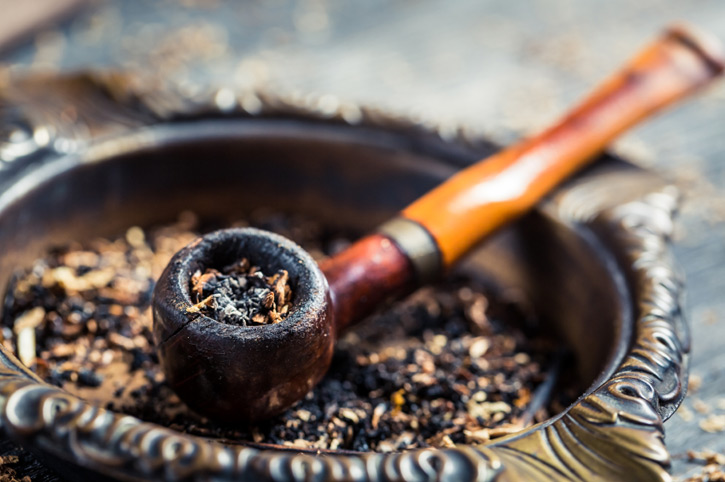
Craig Tarler and his wife, Patty, were sweethearts with vast tobacco knowledge.
Craig began moving me toward a more balanced approach to pipe smoking.
In the next several years with C&D, I discovered pipe smoking nirvana: great Virginias of various colors and strengths; beautiful flakes, fabulous burleys, and aromatics that made up for all the bad years and road rash tongue.
I drifted from blend to blend, always looking for that next great tobacco thing, whether it was an aro or not.
Mostly I stuck with Virginias and flakes.
Until. . . . Until not too long ago I began yearning for the taste of aromatics again.
Maybe I am trying to find that young pipe smoker I once was. Or, perhaps my body chemistry has changed, and I hear the siren call off that aromatic shore.
I began looking over the aromatic tobacco landscape and discovered there are some outstanding blends alive and well from a variety of blending houses.
We are in a tobacco blending renaissance, despite the harsh breath of federal regulators lurking in the shadows.
Yes, last year we lost the great McClelland Tobacco house of superb blends, a blow to be sure.
Quite possibly there will never be another tobacco blending manufacturer such as Mike and Mary McNiel.
But there are some gifted and talented tobacco artists around today: Russ Ouellette at PipesandCigars. Com, and of Hearth and Home fame; Cornell & Diehl now count more than 300 blends in their stock of fabulous tobaccos; Seattle Pipe Club’s Joe Lankford is a masterful tobacco blender.
There are others who put us in the hands of what can only be described as the Leonardos of tobacco blending.
You may not like aros and refuse to smoke them. But, in my estimation, if you are not now smoking aromatics, you are missing an extraordinary time in tobacco history in the U.S.
Of course, all our tastes are different, just as no two fingerprints are the same.
So, what strikes my fancy either in an aromatic or non-aromatic tobacco may not suit you.
But do not be deterred because that would deny you one side of the story and enjoyment.
If you refuse to try aromatic tobaccos based on some experience, it might be time to rethink that.
Besides, you should be potty trained by now.
The art of pipe smoking is low and slow. Go easy on the puffing, and your tongue will thank you. And you’ll find a new world of taste in an aromatic.
It is true that most of our tobacco blends have something added to make them fire up our taste buds.
Yes, even non-aromatics have been “juiced” to a certain extent.
You do not have to take my word on this. Check out the inestimable G.L. Pease on the subject of casing, sauces, and added top flavorings on Pipedia.org, the wiki pipe place.
“Very few tobaccos on the market today are not cased to some extent. Casing is the process of adding sugars and flavouring agents before the leaf is further processed. “The raw leaf is soaked or sprayed with a heavy solution of sugars and flavourings like liquorice, (sic) vanilla, molasses, tonquin,(sic) and so on.
“The amount of sauce absorbed by the leaf depends on the method of application, the structure of the leaf, and the length of time the leaf is in contact with the sauce before further processing. The leaf is then processed as usual. It can be conditioned and cut or pressed and held to allow further fermentation. It can be heated, steamed, toasted, or just allowed to ‘bulk’ in the atmosphere.
“Raw tobacco, especially burley, usually doesn’t taste very good, and can have poor smoking characteristics.
“Very few smokers have ever experienced tobaccos that do not have SOME (Pease’s emphasis) sort of casing applied.
“It’s not the casing that turns smokers of ‘pure’ tobacco off; it’s the excessive use of flavourings. When used delicately, they can enhance the flavour of the tobacco itself. When used heavily, as in most American style aromatic tobaccos, they can overpower the underlying tobacco flavours.”
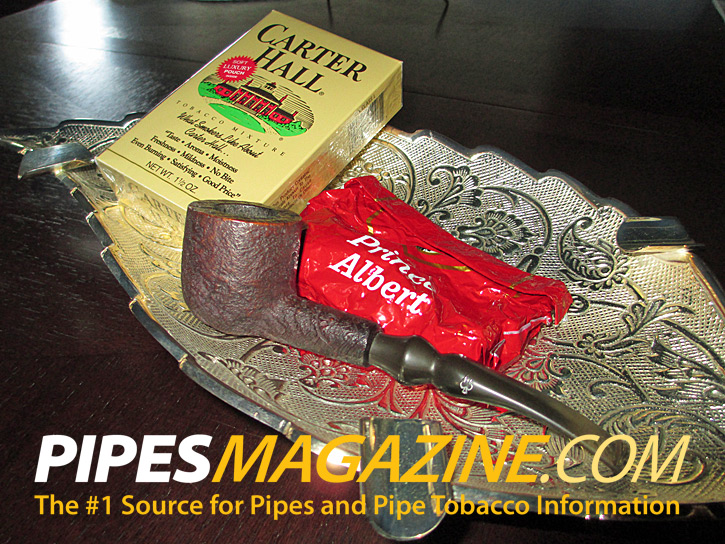
So, whether your tastes in tobacco have evolved or remained secluded and locked on one type of tobacco, you can see that all tobacco seems to have some help with flavorings.
Uh, I have attempted to smoke a raw, just-off-the-stalk tobacco leaf.
Do not try this at home, or without professional assistance.
Many a tasty aromatic tobacco, such as C&D’s Black Frigate, Russ Ouellette’s Bold Rum, J.M. Boswell’s Piper’s Pleasure, or a host of other names, aros can give you a boost just when you are looking for a difference.
For example, we all know that C&D has some of the finest burley tobaccos extant. And yet, 91 of its 300-plus blends are straight aromatics.
Yes, you can certainly find the goopies that will transform your pipe into glop.
Some aromatic blends will surely send you hunting the “ghostbusters.”
Don’t write off some of the aros. Just get out your trusty cob and give an aro a go.
A cob can take anything you toss its way and keep on ticking.
Even though my experiment is not intended to satisfy the scientific-minded among you, or even claim to be highly qualitative, it is, simply stated, a prompt to give aromatic tobaccos a chance. . . .again.
 Fred Brown is a journalist who lives in Knoxville, TN. He will write this column for PipesMagazine.com monthly. He can be contacted at tennwriter@bellsouth.net. |







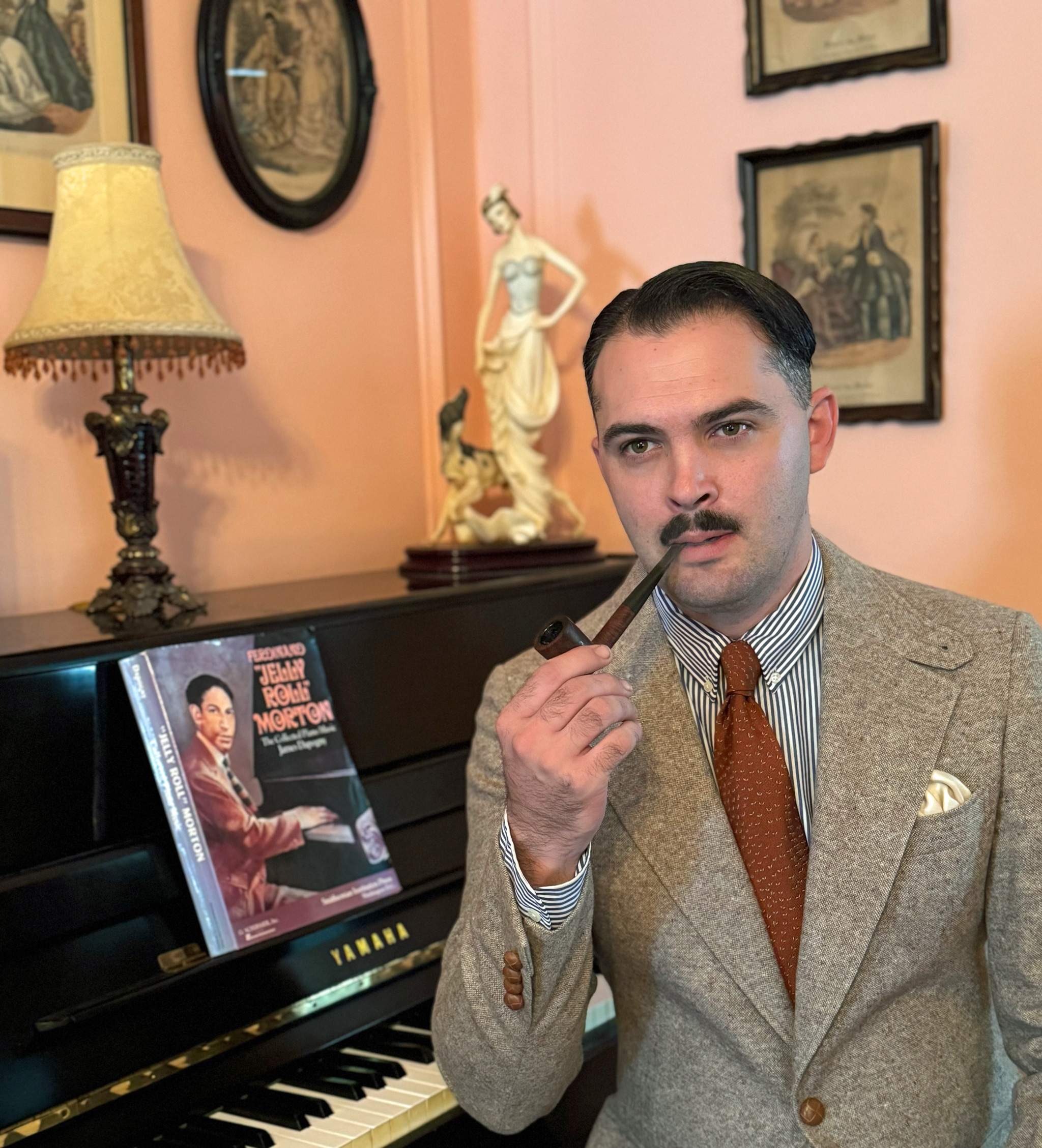
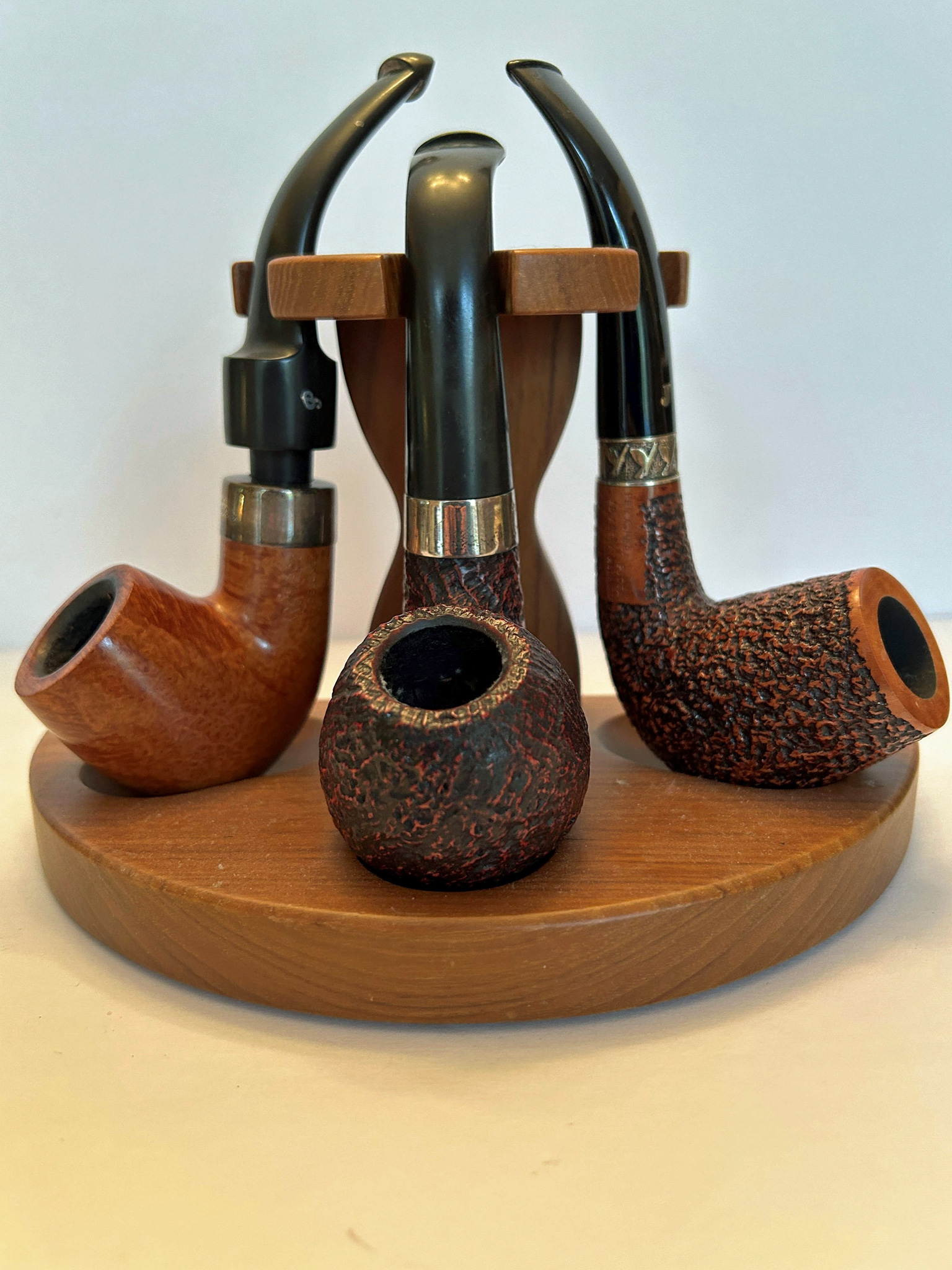
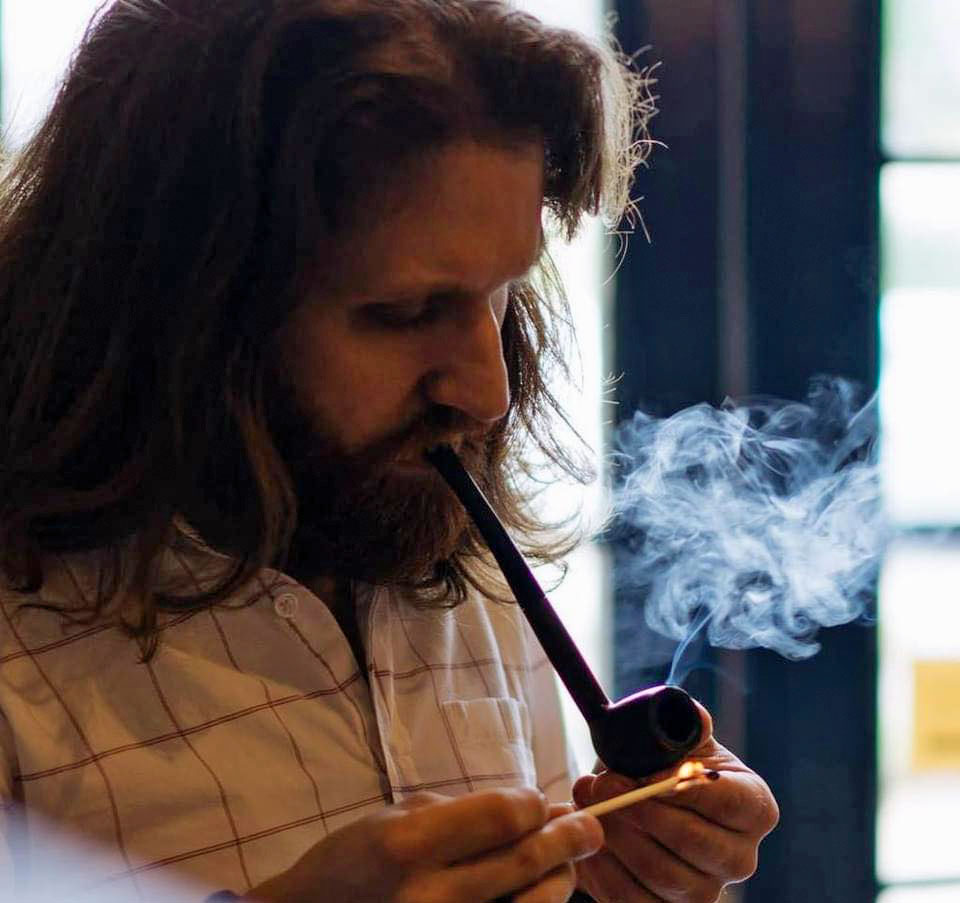
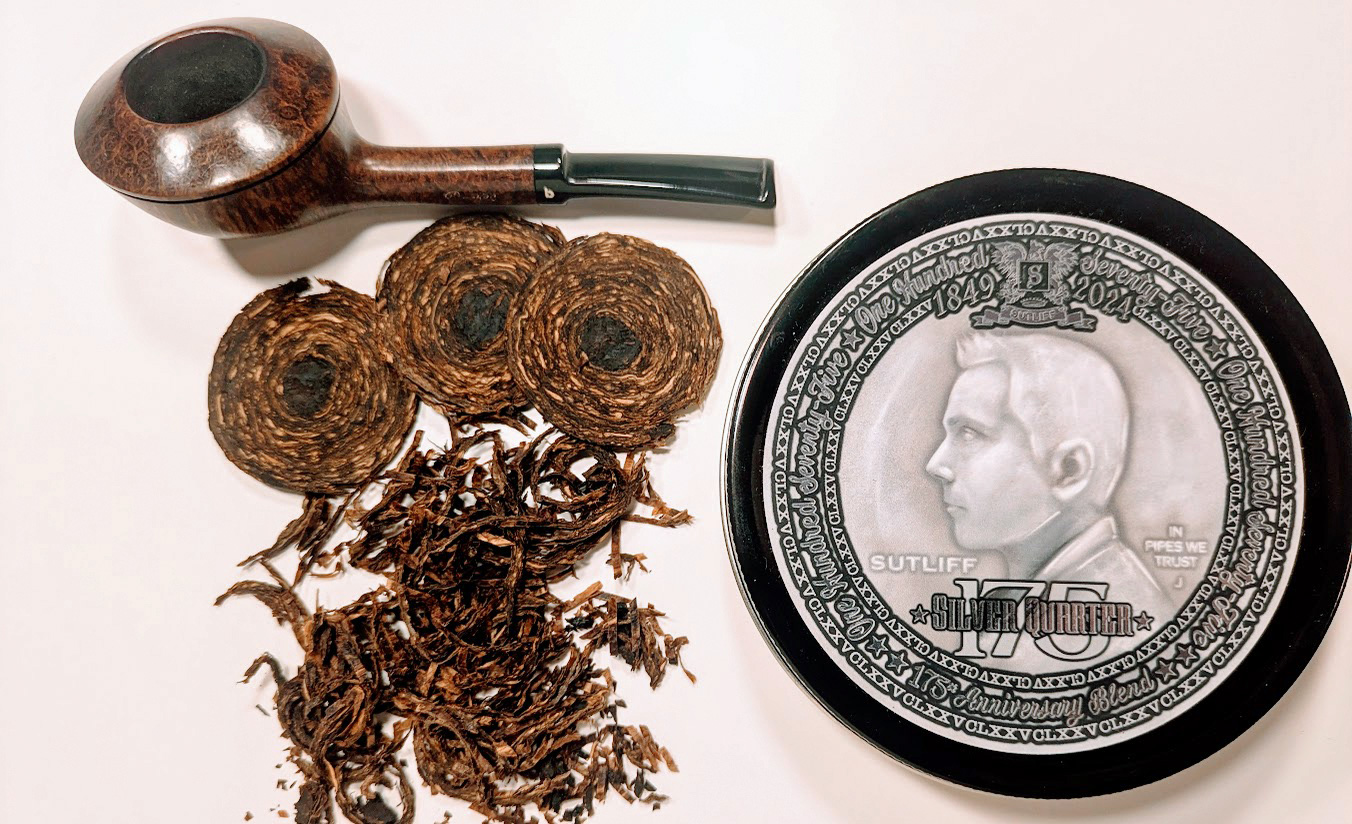



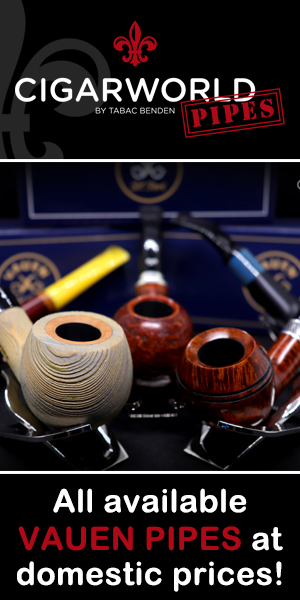



Yeah, absolutely. I enjoy a well-balanced tobacco-forward aromatic, and occasionally a strongly flavored sweet, rum or whiskey. Non-aro blends are first in my heart, but I wouldn’t miss the aromatic change of pace. Over ninety percent of pipe tobacco sales are aromatic, so it is the backbone of the industry and supports the non-aromatic blends; remember that.
I agree with you, there are a lot of tasty aromatics out there, I’ve always had a healthy appetite for flavored tobacco’s, mainly of the old world scented tobaccos that are popular in the UK. Also, if a lot of aros don’t satiate your nicotine desires it’s fun to play around with beefing them up with other blends. A favorite of mine is what I call Autumn Bogie, which consist of a 50/50 mix of C&D’s Autumn Evening & GH&Co’s Brown Bogie. It’s just like anything in this world, there is the good, the bad and the ugly in every genre.
I started out with drug store aromatics — most possessing a chemical or “plastic-like” aftertaste. Then I abruptly dropped them when I discovered English style blends and other high end natural blends.
.
Over the years I’ve discovered that there are three kinds of aromatics: (1) the above mentioned drug store stuff — designed to deliver nicotine and regale the wife’s nose, not your palate; (2) natural tobacco blends with either a topping or a non-tobacco amendment such as deertongue; (3) Cavendish blends — cased, but much less artificial tasting, and aimed at the tastebuds rather than the wife’s nose.
.
Despite your entertaining inspirational piece, I think I’ll put off any return to the world of tutti-frutti until I’ve exhausted the mind boggling variety available in the world of (so-called) natural blends.
Appreciate the article. It’s interesting that most blends have some sort of topping, and i’m fine with that. To the blends I like, their creators are genius, as each pipe smoker may feel the same on their favorites. Side note, thank goodness Prince Albert & Carter Hall remain available widely. Started with them, and their still a staple in my cellar.
Nice article very interesting and informative coming from a beginner pipe smoker. Look forward to reading some more, thanks.
I started with aromatics and I smoke non aromatics way more often. Though there are some really good aromatics. I feel about aromatics about the same way I feel about ordering dessert. I prefer good food but sometimes something sweet and rich just hits the spot.